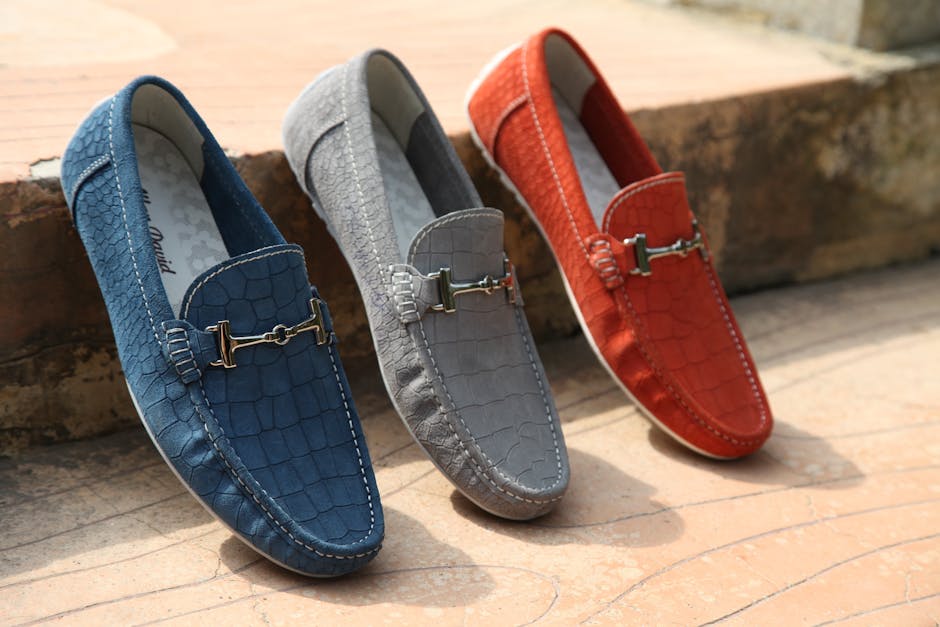Footwear, an essential component of our daily lives, serves both practical and aesthetic purposes. From everyday sneakers to formal dress shoes, the vast array of footwear options can be overwhelming. This guide will delve into the various types, styles, and considerations for choosing the perfect fit, empowering you to make informed decisions about your footwear choices.
**Types of Footwear**
Footwear can be broadly categorized into several types, each designed for specific purposes and activities:
* **Athletic Footwear:** Designed for sports and fitness activities, athletic footwear provides support, cushioning, and flexibility. Running shoes, basketball shoes, and tennis shoes fall under this category.
* **Casual Footwear:** Designed for everyday wear, casual footwear prioritizes comfort and style. Sneakers, loafers, and flats are popular examples.
* **Formal Footwear:** Intended for formal occasions, formal footwear emphasizes elegance and sophistication. Dress shoes, high heels, and boots are common choices.
* **Protective Footwear:** Designed for safety in hazardous environments, protective footwear meets specific safety standards. Work boots, steel-toe shoes, and safety shoes belong to this category.
* **Orthopedic Footwear:** Designed for individuals with foot conditions, orthopedic footwear provides support, cushioning, and correction. Orthotics and custom-made shoes are examples.
**Styles of Footwear**
Within each type, footwear comes in a wide range of styles to suit different preferences and occasions:
* **Boots:** High-top footwear that covers the ankle and often extends up the calf. Chelsea boots, ankle boots, and hiking boots are different styles.
* **Heels:** Footwear with elevated heels, adding height and a formal or glamorous touch. Stilettos, wedges, and block heels are popular heel styles.
* **Sandals:** Open-toe footwear that provides ventilation and casual style. Flip-flops, gladiators, and slides are common sandal styles.
* **Slip-Ons:** Footwear that can be worn without the need for laces or buckles, prioritizing ease of wear. Loafers, mules, and sneakers are examples of slip-ons.
* **Lace-Ups:** Footwear with laces that allow for a customized fit. Sneakers, dress shoes, and combat boots are popular lace-up styles.
**Choosing the Perfect Fit**
Finding the perfect fit is crucial for both comfort and foot health. Consider the following tips when choosing footwear:
* **Measure Your Feet:** Use a foot-measuring device or trace your feet on paper to determine the exact length and width.
* **Try on Both Shoes:** Wear both shoes and walk around for a few minutes. Ensure there is ample wiggle room for your toes and the heels fit securely.
* **Consider the Activity:** Choose footwear appropriate for the intended activity. Running shoes are not suitable for hiking, and formal dress shoes are not practical for everyday wear.
* **Break in New Shoes Gradually:** Wear new shoes for short periods initially to prevent blisters or discomfort.
* **Use Insoles or Inserts:** If necessary, add insoles or inserts to provide additional support and cushioning.
**Conclusion**
Footwear is a diverse and essential aspect of our daily lives, serving both practical and aesthetic needs. By understanding the different types, styles, and considerations for choosing the perfect fit, you can make informed decisions about your footwear choices and ensure both comfort and style.
